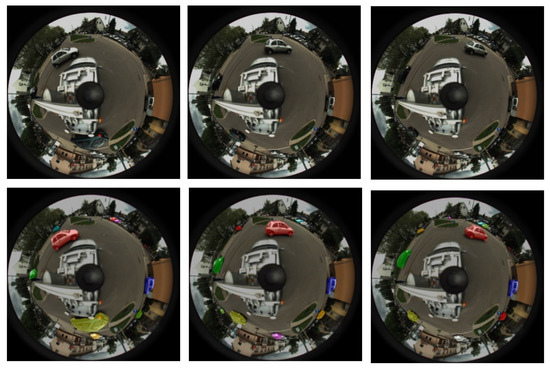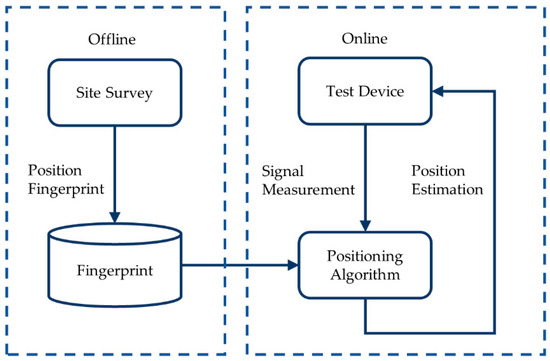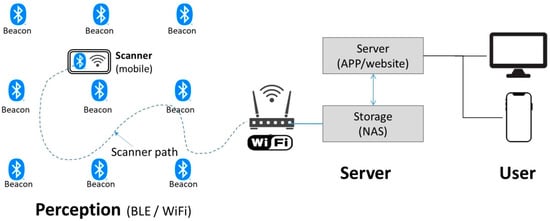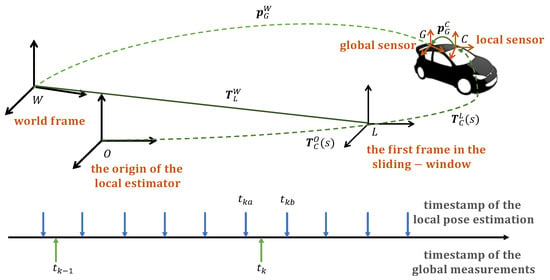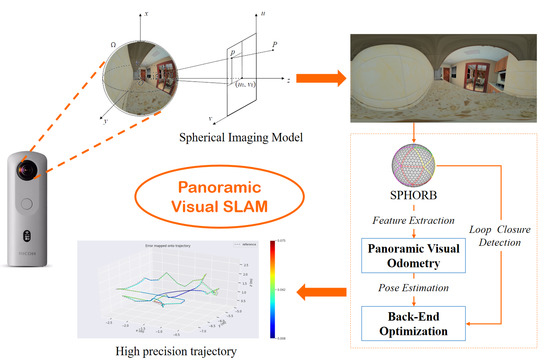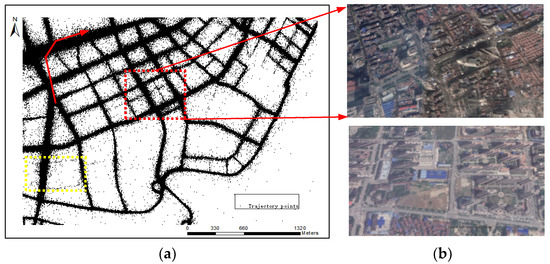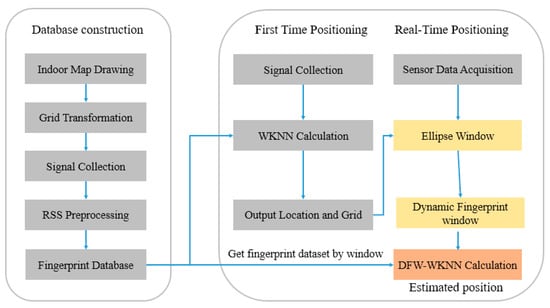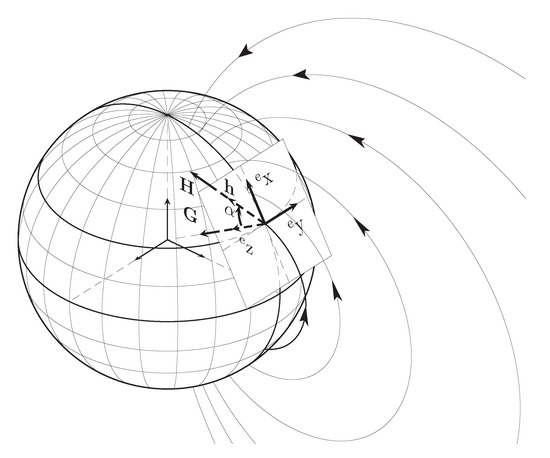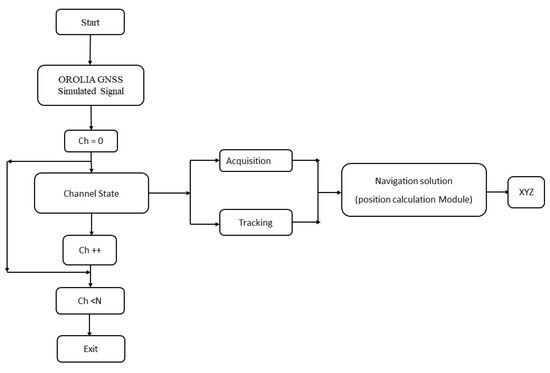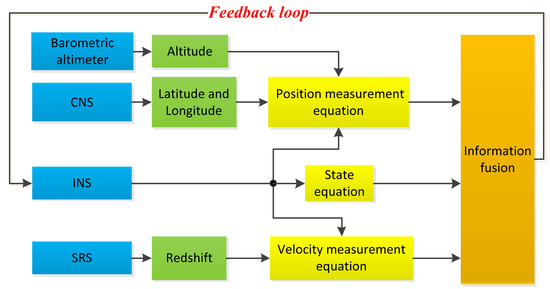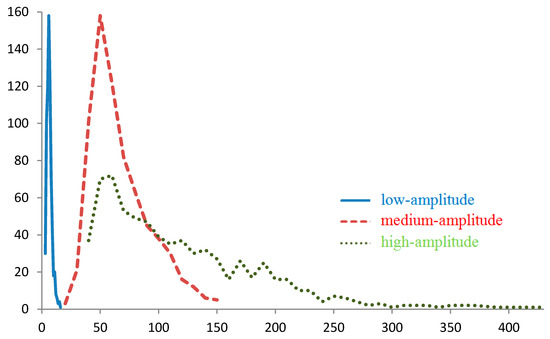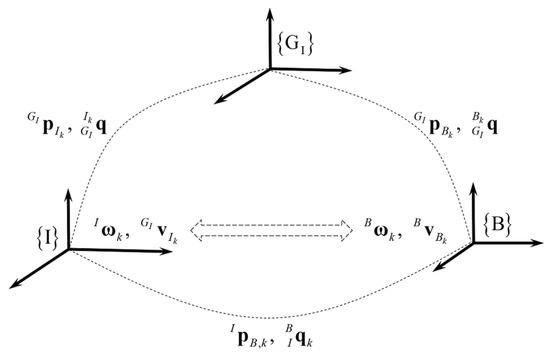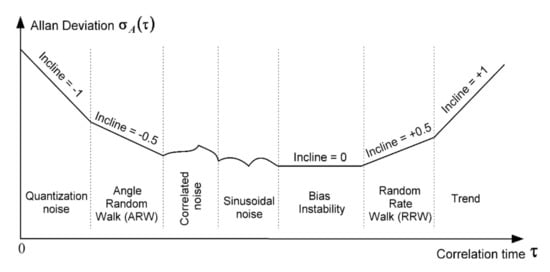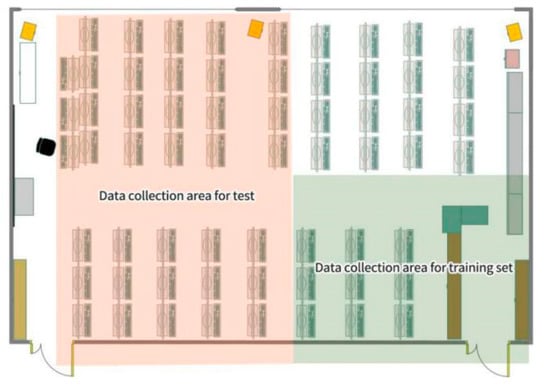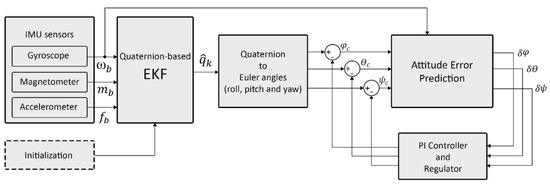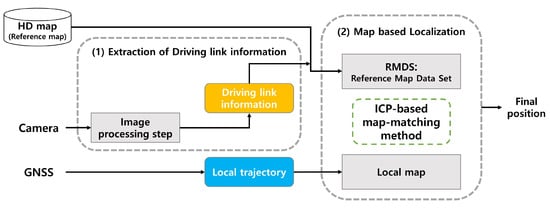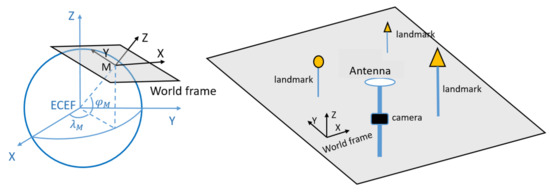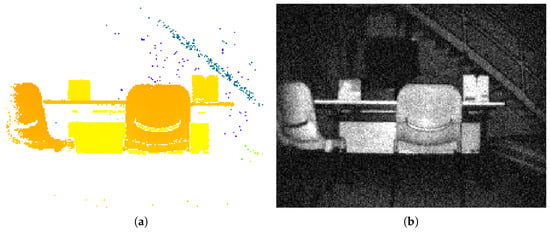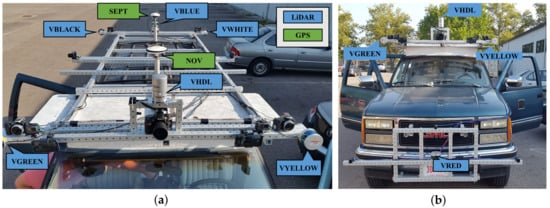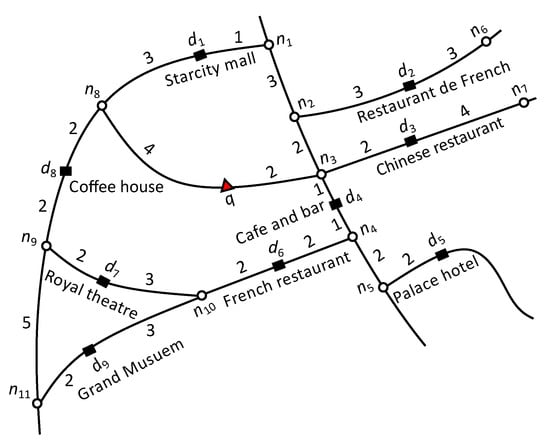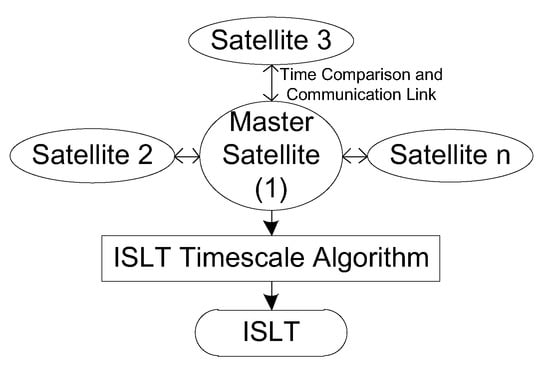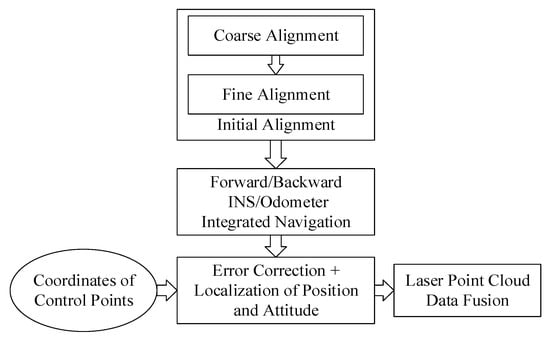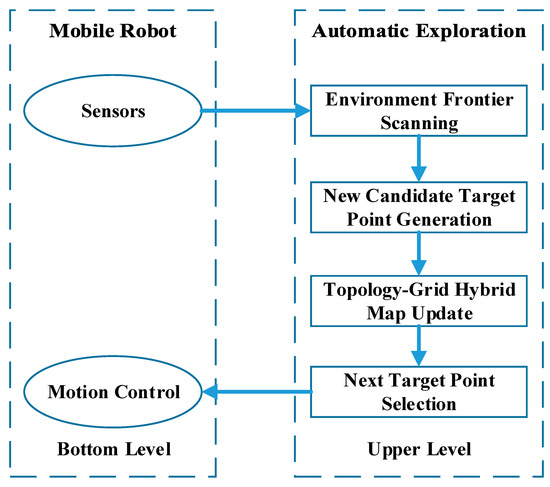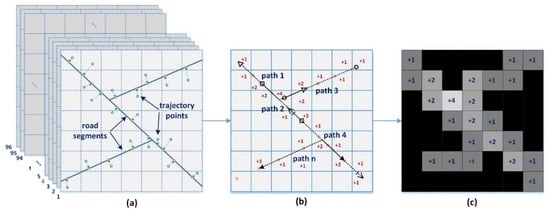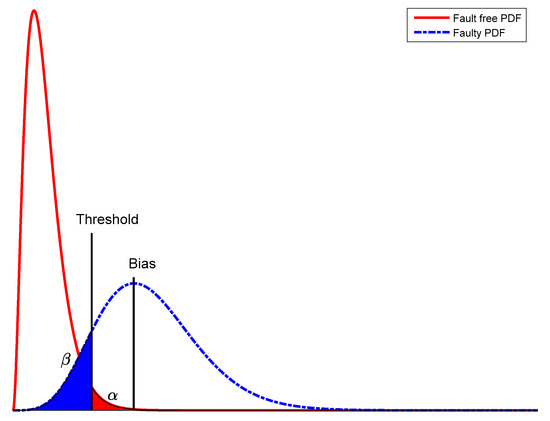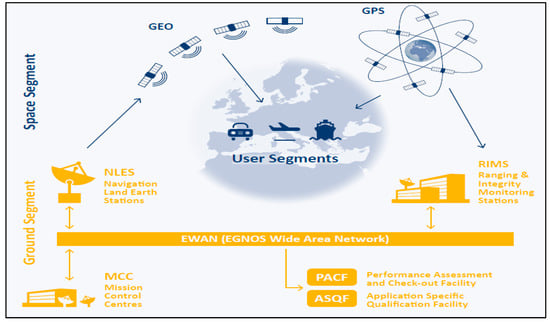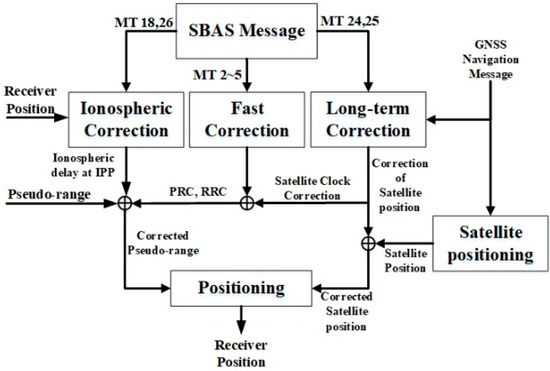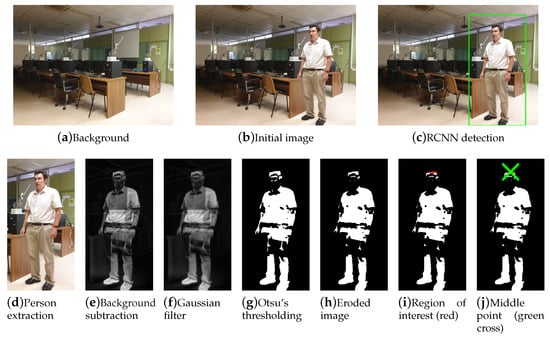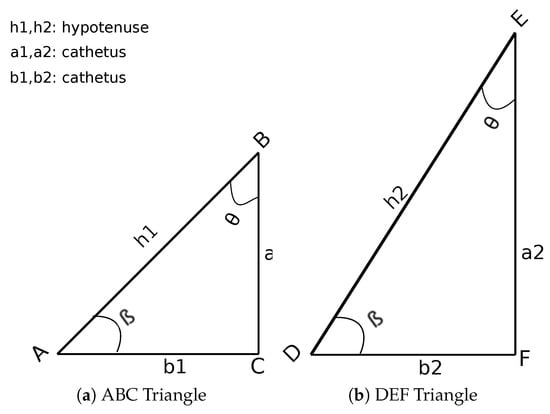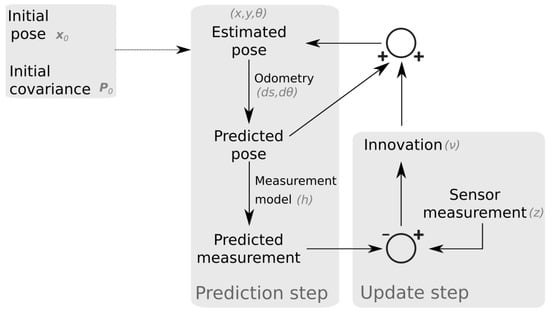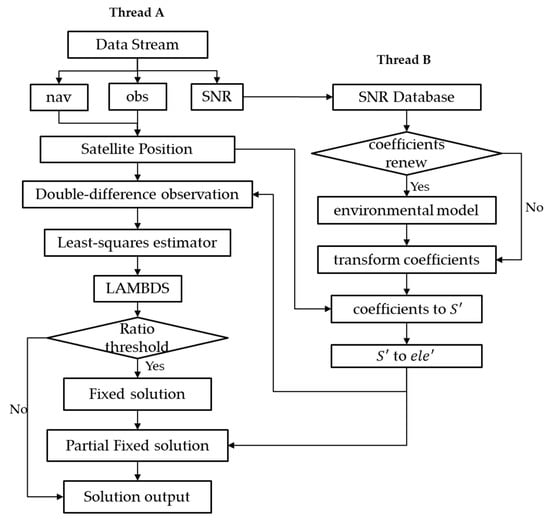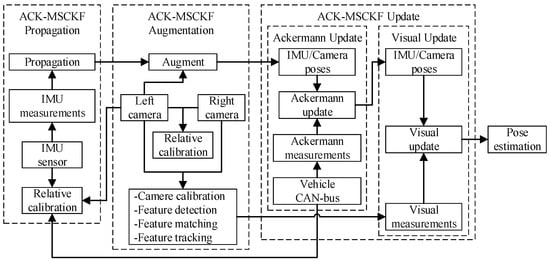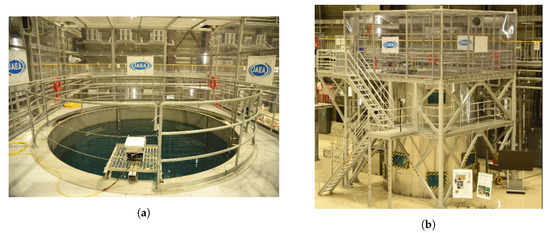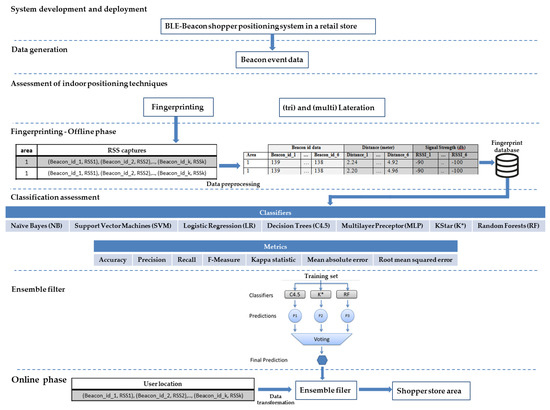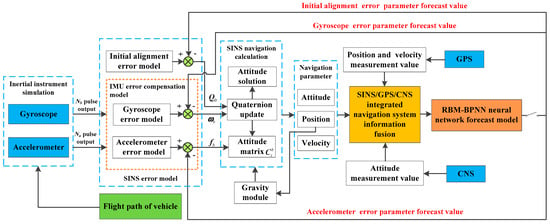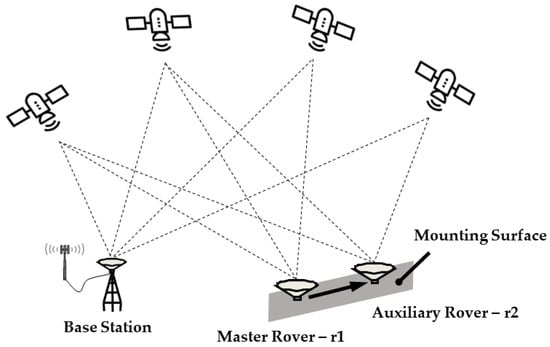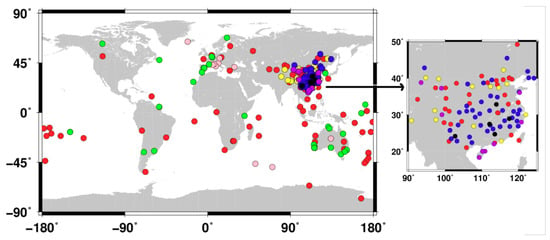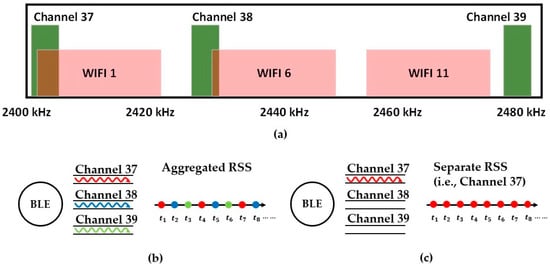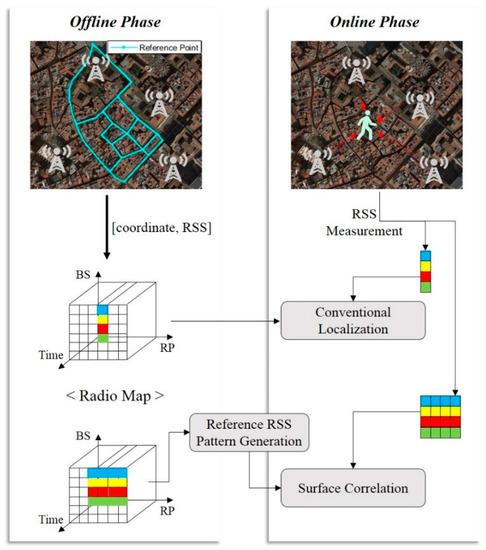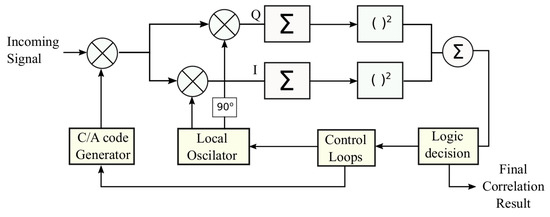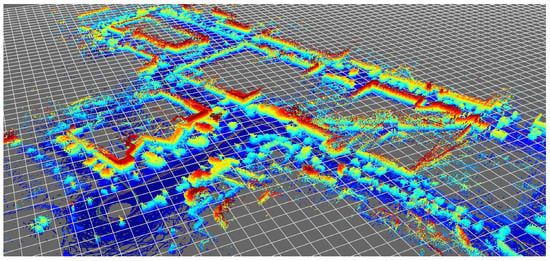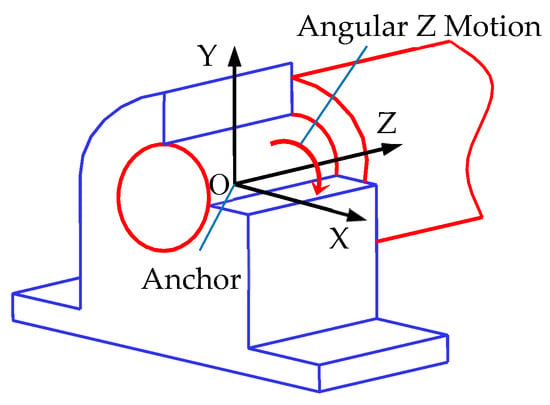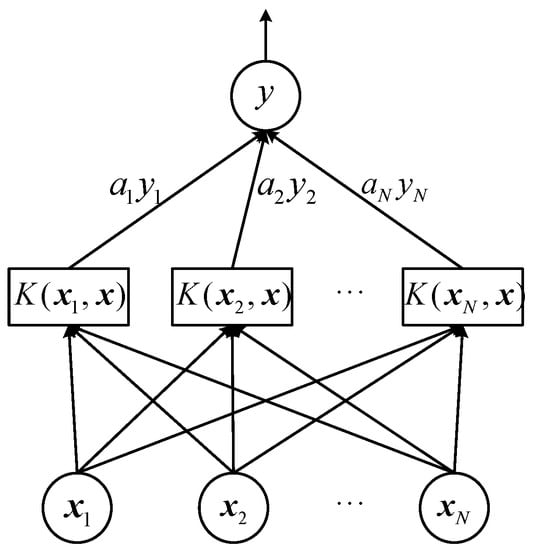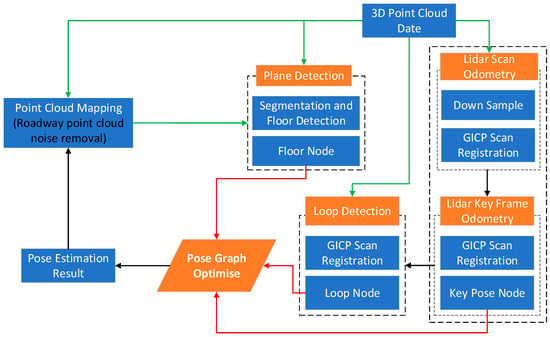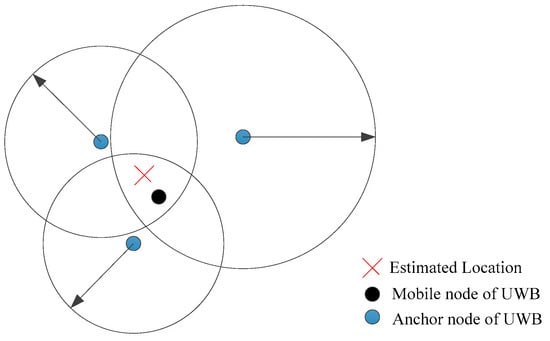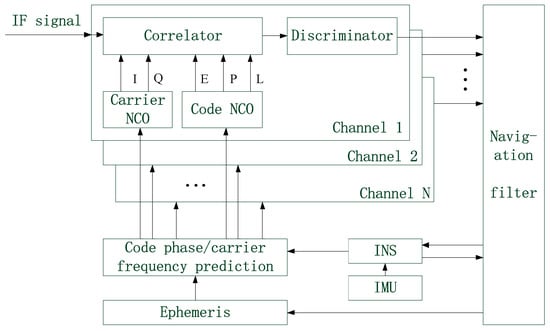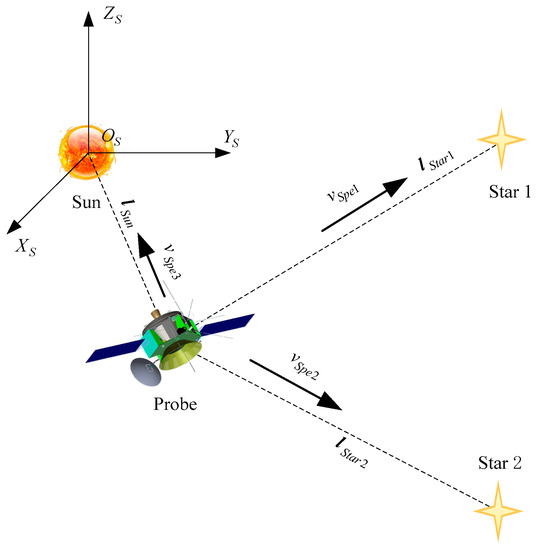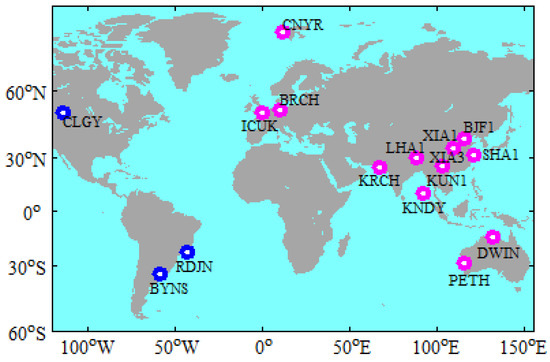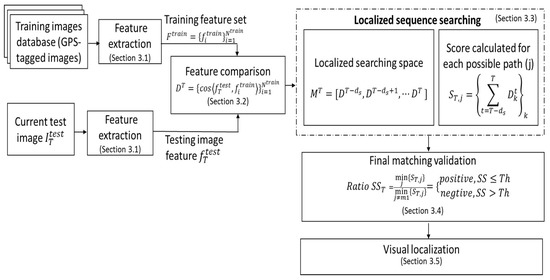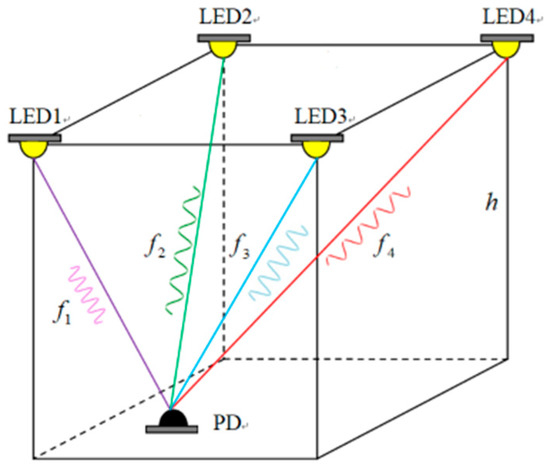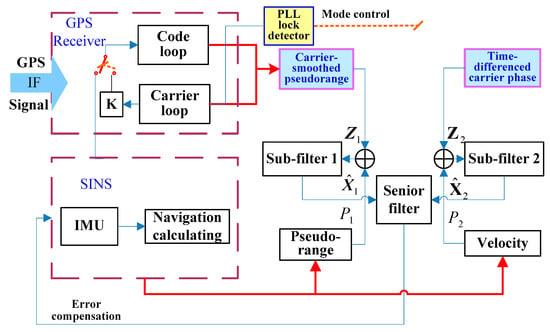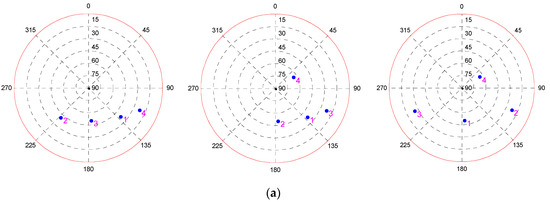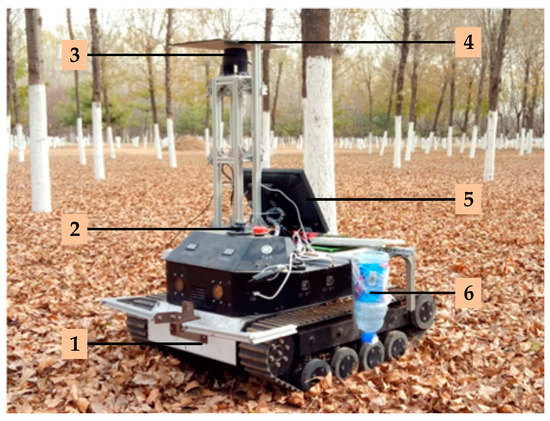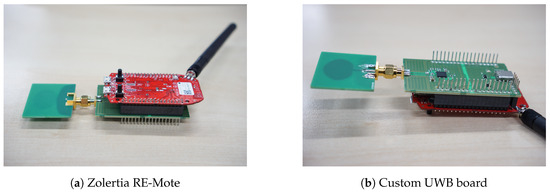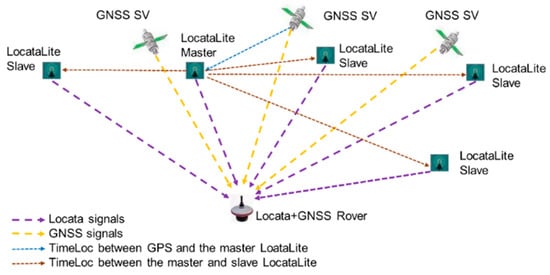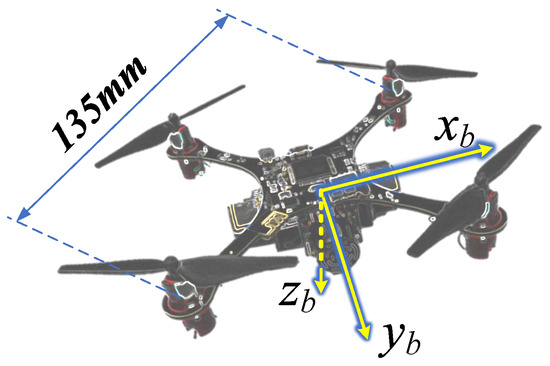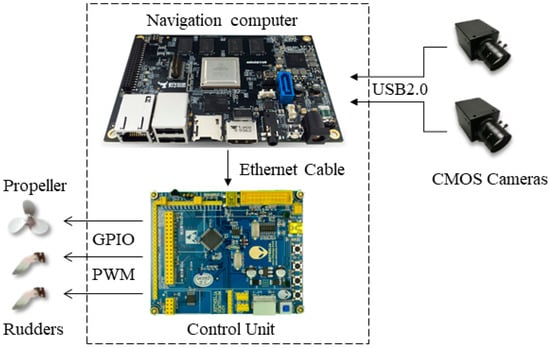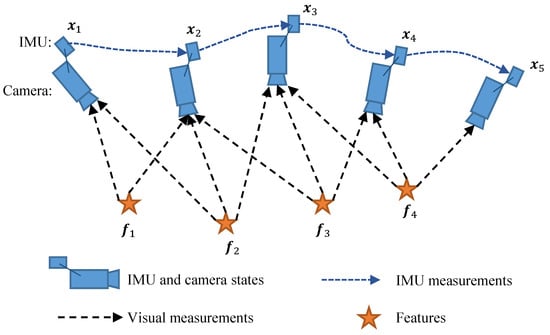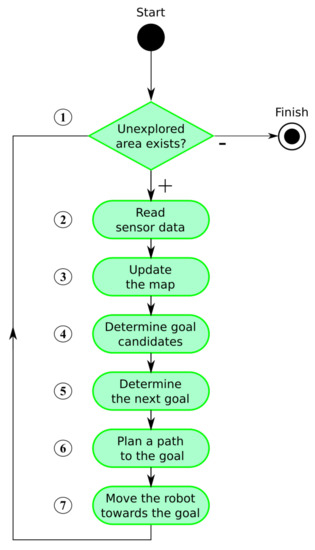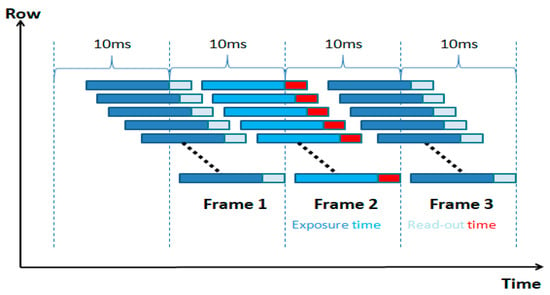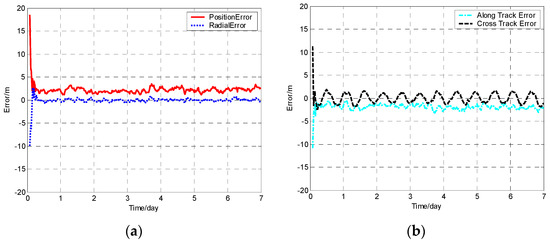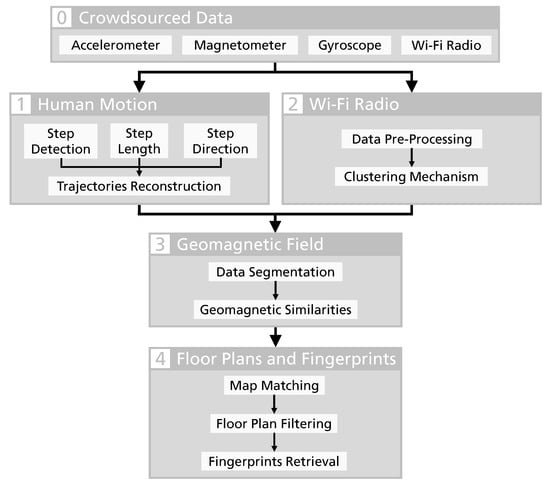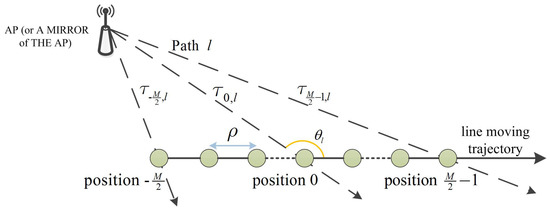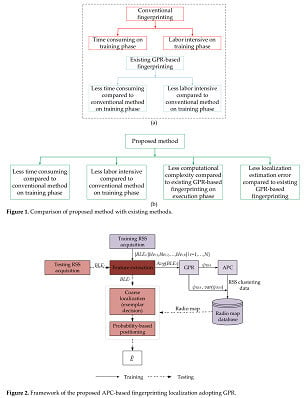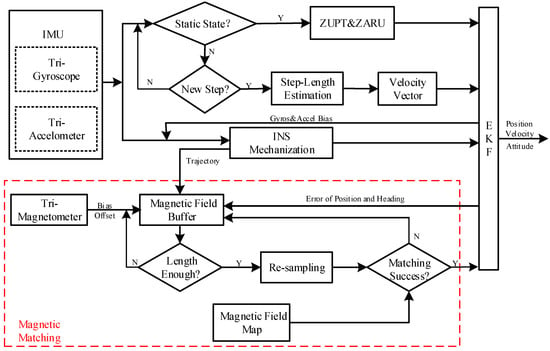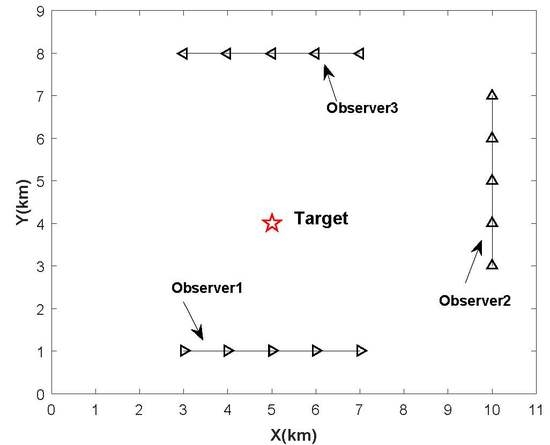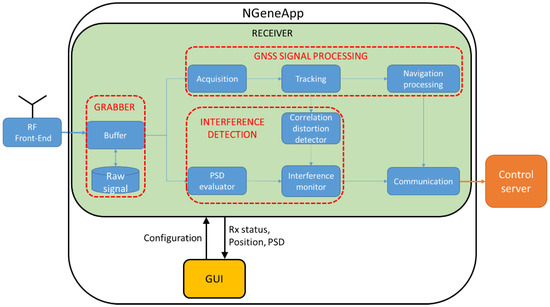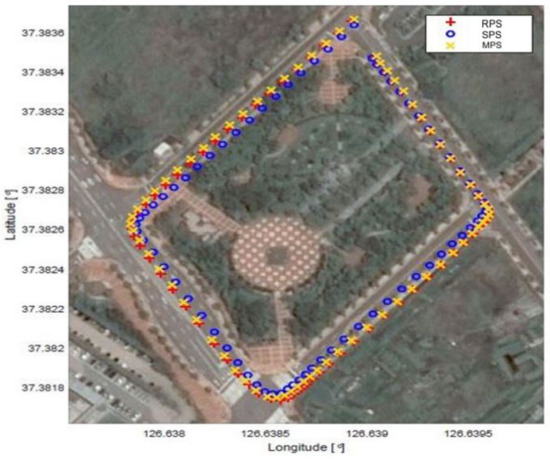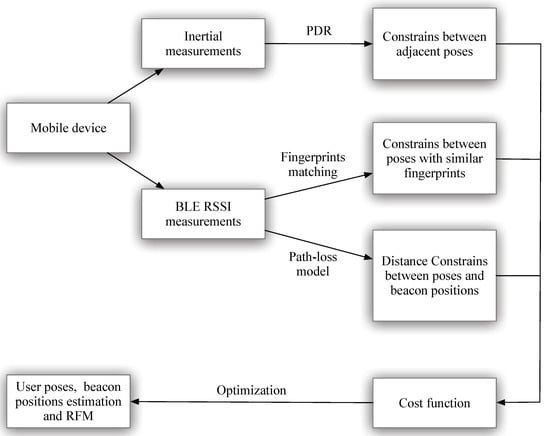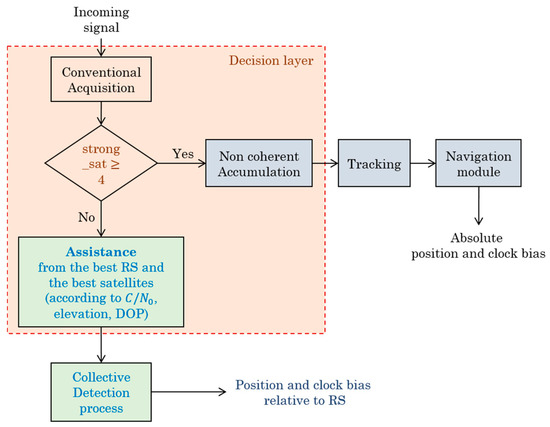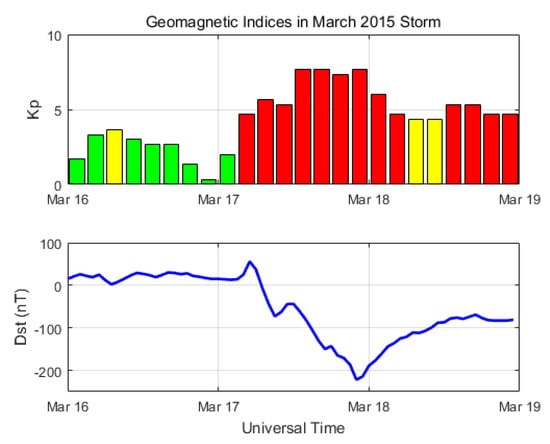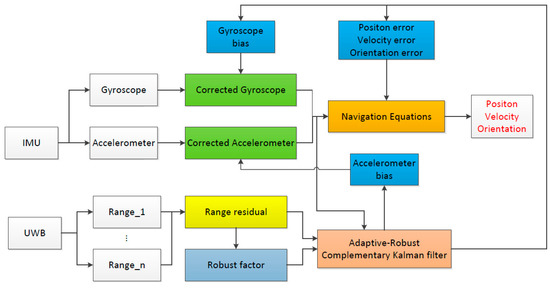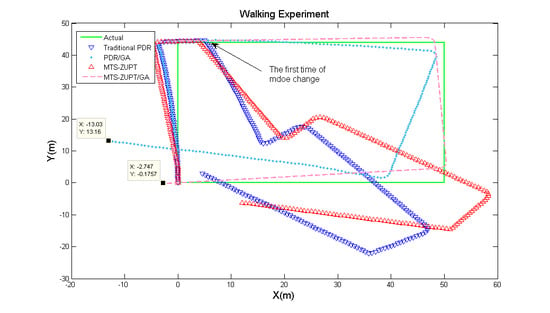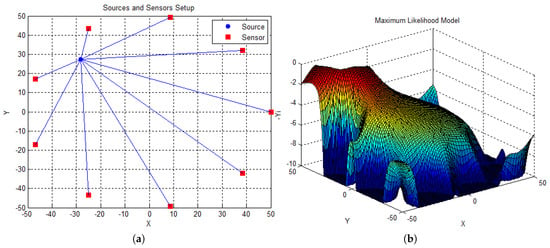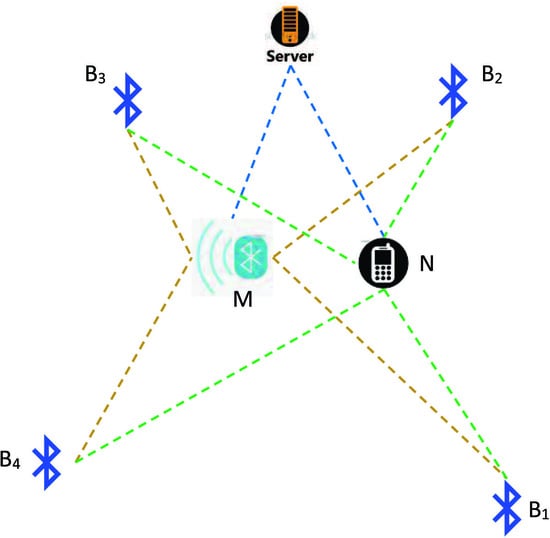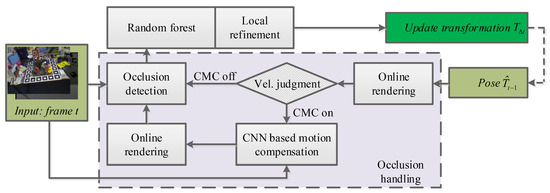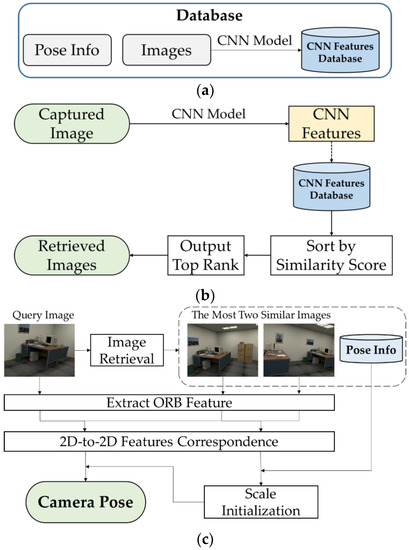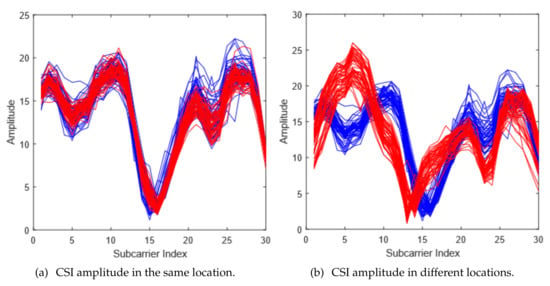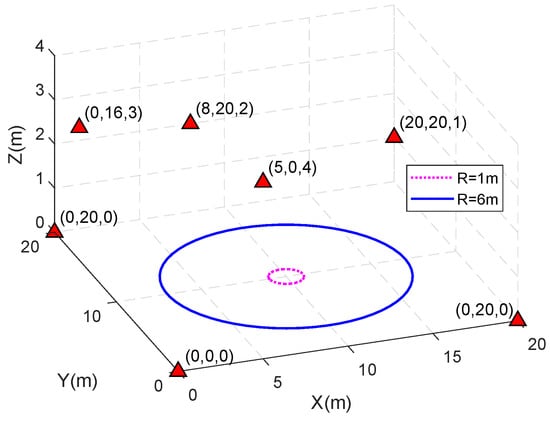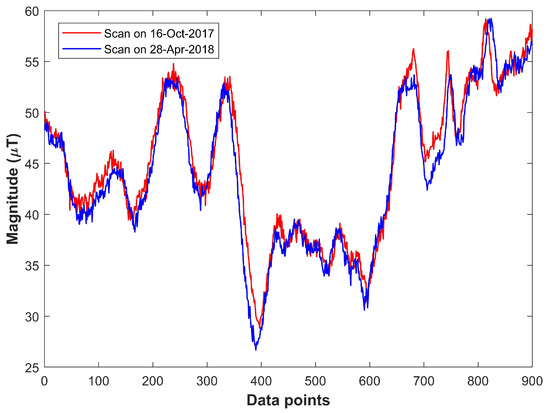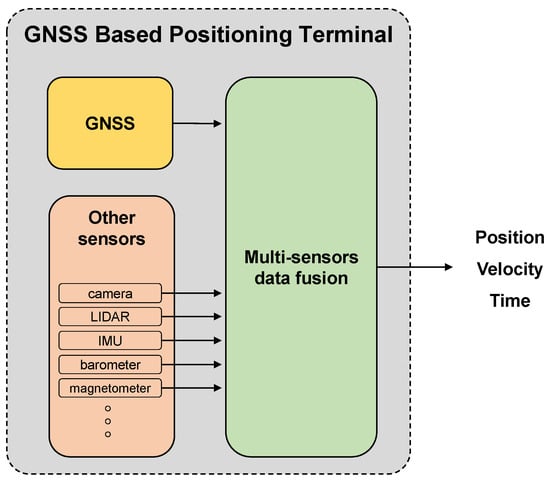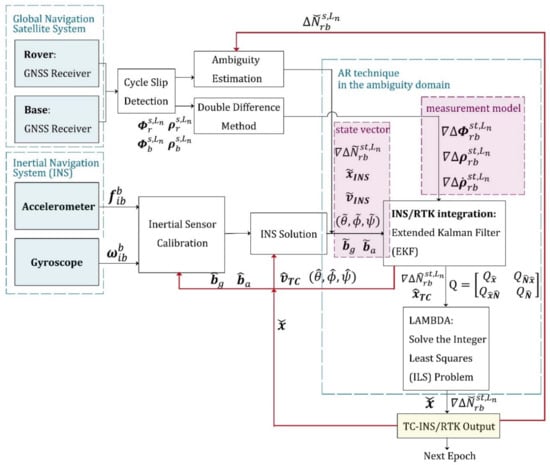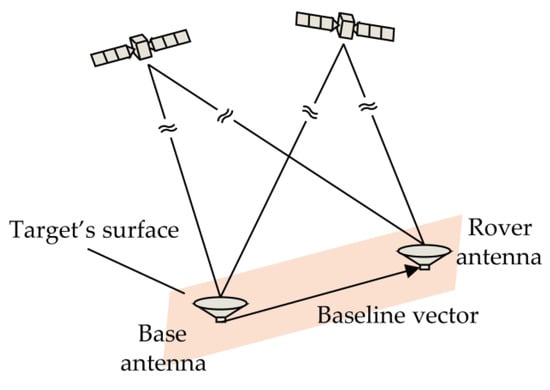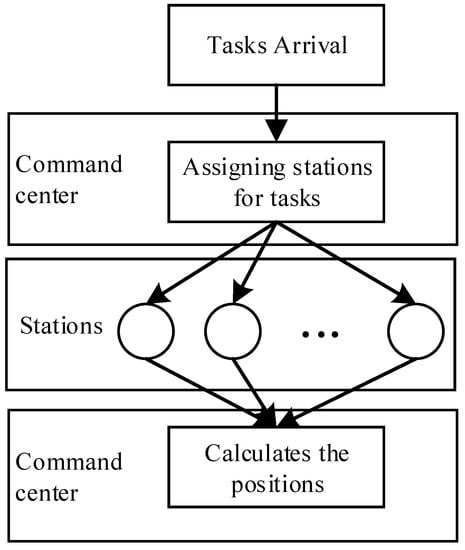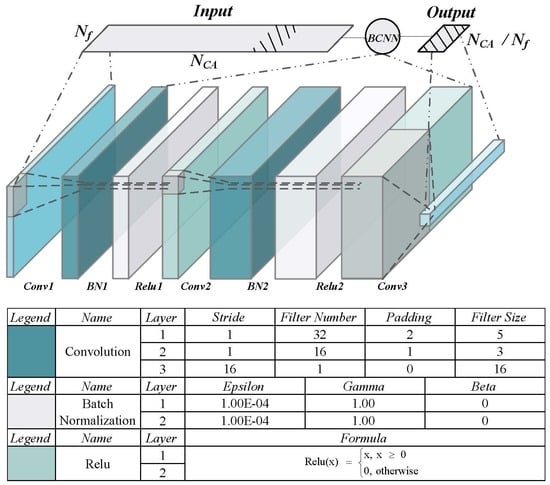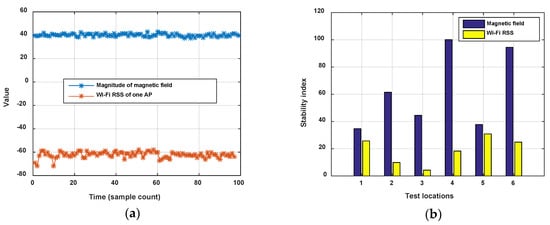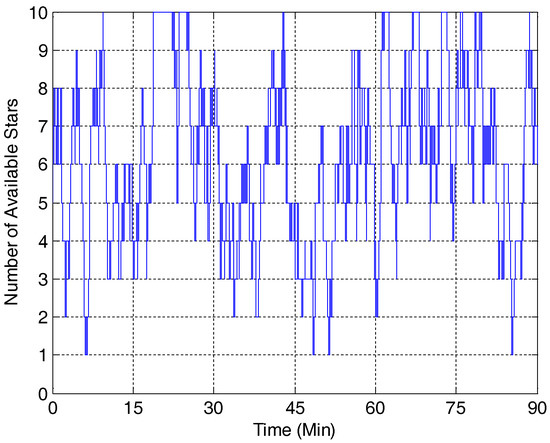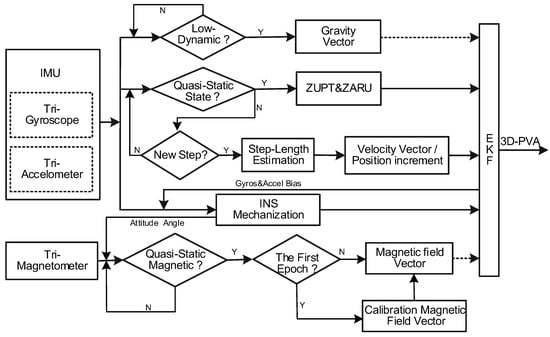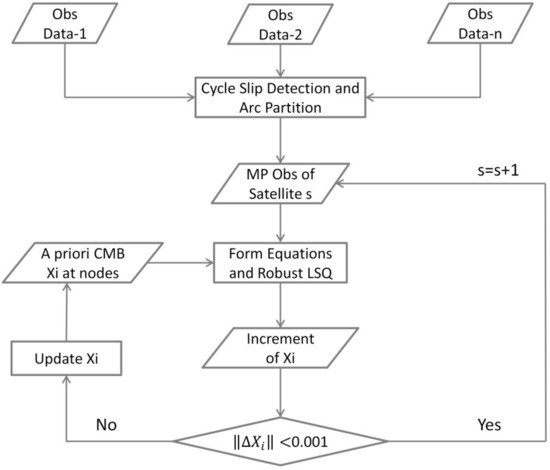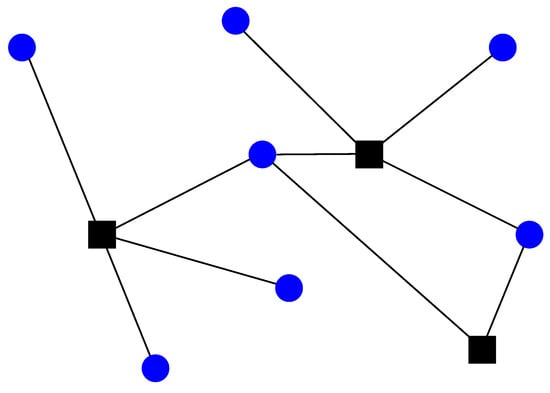Positioning and Navigation (Closed)
A topical collection in Sensors (ISSN 1424-8220).
Viewed by 581127Editors
Interests: photogrammetry; 3D computer vision; remote sensing; machine learning; deep learning; automated interpretation of imagery and point clouds
Special Issues, Collections and Topics in MDPI journals
Interests: 3D indoor modelling; 3D GIS; integration of BIM and GIS; 3D spatial analysis; DBMS; emergency response
Special Issues, Collections and Topics in MDPI journals
Interests: GPS; GNSS; precise positioning; multi-sensor navigation; geodesy; surveying
Special Issues, Collections and Topics in MDPI journals
Topical Collection Information
Dear Colleagues,
Location information is a fundamental human need in the modern world, with many of our decisions in daily life influenced by knowledge of our location. We frequently ask questions about where. Consequently, positioning and navigation systems have become invaluable tools in our lives. While Global Navigation Satellite System (GNSS) is the primary technology for positioning, it does not provide a ubiquitous solution due to signal attenuation in closed environments, such as indoors, tunnels, and urban canyons. Today, a great deal of research is focused on improving the accuracy, reliability and coverage of GNSS by combining sensors and existing spatial information. At the same time, a wide range of technologies is being leveraged to provide an effective positioning and navigation solution in GNSS-deprived environments.
The aim of this collection is to collect new research and developments in positioning and navigation. We invite original contributions on topics related to sensor technology, methodology and applications of positioning and navigation, including, but not limited to:
- Global Navigation Satellite System (GNSS)
- Inertial navigation
- Pedestrian Dead Reckoning (PDR)
- Visual Odometry
- Simultaneous Localization and Mapping (SLAM)
- Wireless positioning technologies
- Wi-Fi networks
- Bluetooth Low Energy
- Radio Frequency Identification (RFID)
- Ultrasound positioning
- Ultra Wide Band (UWB) positioning
- Near Field Communication (NFC)
- Magnetic sensors
- Sensor integration and hybrid methods
- Path planning
- Navigation guidance
- Wayfinding
- Location-Based Services (LBS)
- Space modelling
Dr. Kourosh Khoshelham
Prof. Dr. Sisi Zlatanova
Prof. Dr. Chris Rizos
Collection Editors
Manuscript Submission Information
Manuscripts should be submitted online at www.mdpi.com by registering and logging in to this website. Once you are registered, click here to go to the submission form. Manuscripts can be submitted until the deadline. All submissions that pass pre-check are peer-reviewed. Accepted papers will be published continuously in the journal (as soon as accepted) and will be listed together on the collection website. Research articles, review articles as well as short communications are invited. For planned papers, a title and short abstract (about 100 words) can be sent to the Editorial Office for announcement on this website.
Submitted manuscripts should not have been published previously, nor be under consideration for publication elsewhere (except conference proceedings papers). All manuscripts are thoroughly refereed through a single-blind peer-review process. A guide for authors and other relevant information for submission of manuscripts is available on the Instructions for Authors page. Sensors is an international peer-reviewed open access semimonthly journal published by MDPI.
Please visit the Instructions for Authors page before submitting a manuscript. The Article Processing Charge (APC) for publication in this open access journal is 2600 CHF (Swiss Francs). Submitted papers should be well formatted and use good English. Authors may use MDPI's English editing service prior to publication or during author revisions.
Keywords
- Localization
- Positioning
- Navigation
- Routing
- Wayfinding
- Location sensing
- Autonomous navigation
- Assisted navigation








